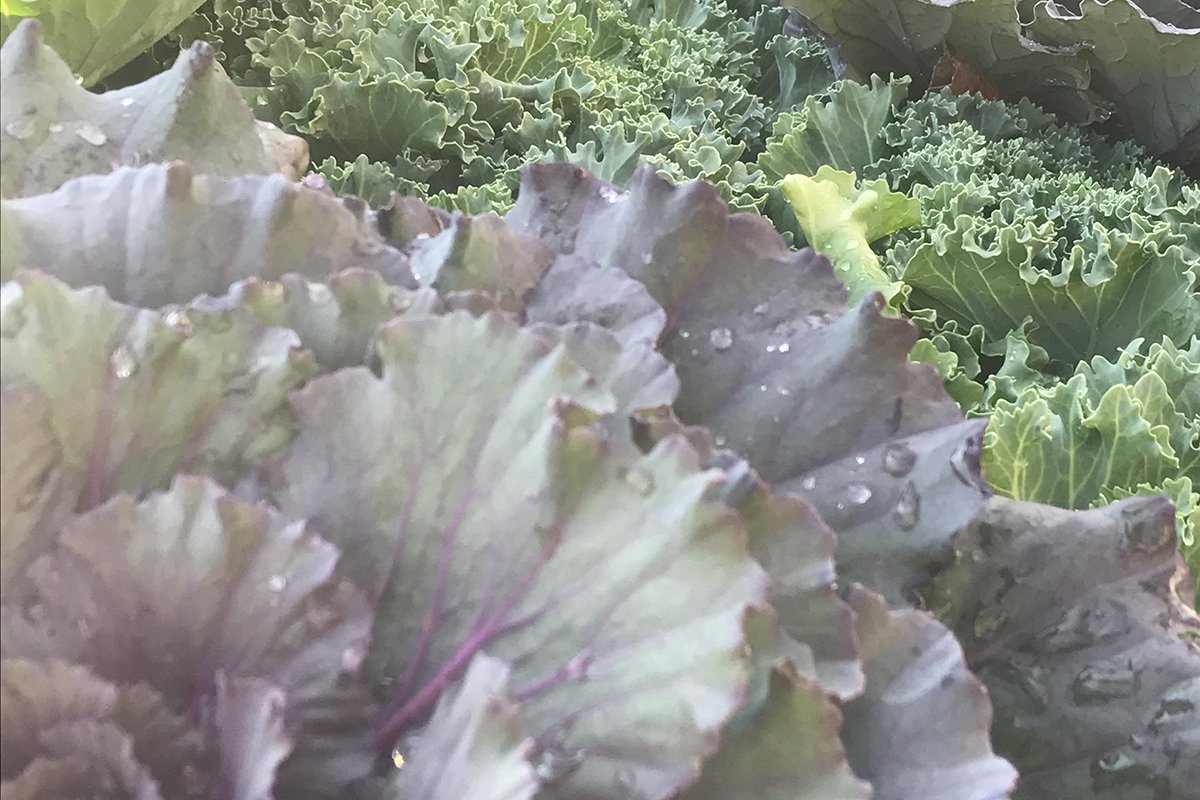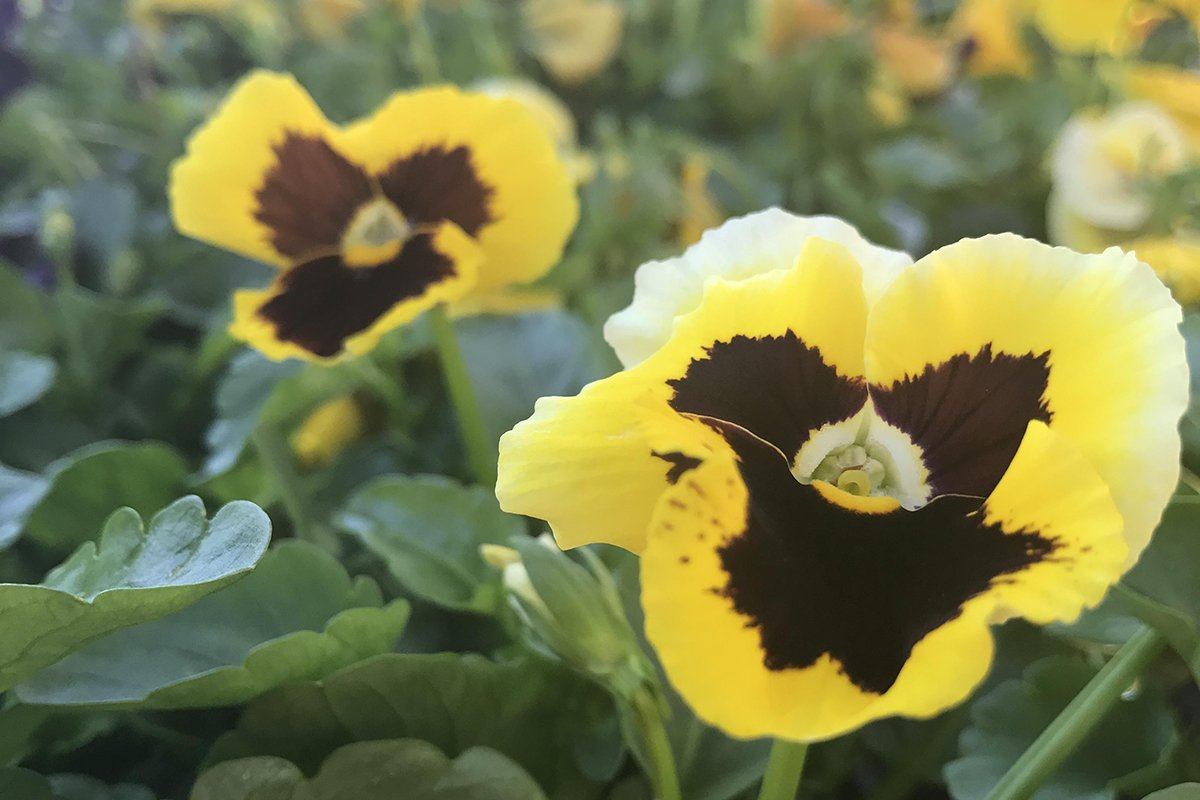Updated August 26, 2022. Warm temperatures during the day and cool temperatures at night allow for proper root growth and dormancy conditions, making fall the perfect time to re-energize the yard with vegetables, foliage, and color. Here’s a step-by-step guide to how you should be buying, preparing, and planting this fall garden season.
Plant Prep Checklist
- Though there’s controversy surrounding how much fertilizer fall grass requires (annual flowers and leafy vegetables definitely need it), most sources state that a little can go a long way. Look for a 13-25-12 formulation, which has 13 percent nitrogen, 25 percent phosphorus, and 12 percent potassium. Know that there are also organic fertilizers on the market if that’s a planting preference.
- Soil’s nutrients can get depleted during spring and summer, so regardless of your fertilizer philosophy, adding a layer of compost or manure should do the trick.
- Moisture is key. How can you tell if your soil has the appropriate amount? When soil is moist and cool, no additional water is needed, but if soil is crumbly and dry, you need to take action (make it happen using a sprinkler, or hold out for some rain). Another soil check can be done by inserting a screwdriver into the soil. If the soil is hard, water is needed, but if the screwdriver moves easily through the soil, you’re good to go.
- After planting, top off all your hard work with a layer of mulch. This will help your plants retain moisture whatever weather comes their way.

Seasonal Selections
If you’re all about plant now, eat later, now’s the time to bury some Brussels sprouts, carrots, cabbage, kale, lettuce, radishes, and spinach. Harvest times vary, but here’s a quick breakdown:
- Brussels sprouts: December-February
- Carrots and radishes: before the ground freezes
- Cabbage and kale: during the first frost
- Lettuce: before the first frost
- Spinach: November-January
Other plants worth planting this time of year include fall bulbs that will bloom in spring, pansies, ferns, and certain trees.
If you want to bring bursts of seasonal color to your flowerbeds, pansies, ornamental cabbage, and mums are the answer. Be sure to get them in the ground before November. Perennials (coneflowers, hostas, peonies, and sunflowers) can also be planted now through early November and will require watering up until the ground freezes.
You have until late October to plant shade-loving ferns, and maple, spruce, pine, and deciduous trees do well when planted now. This allows for better root development while also avoiding the stress of summer heat. If you wait until late November, the roots won’t have enough time to strengthen before winter frost.
For more garden tips, subscribe to our Home newsletter.


